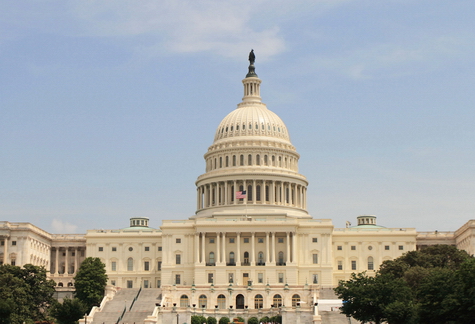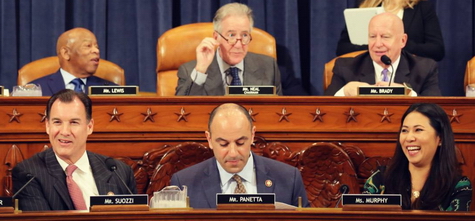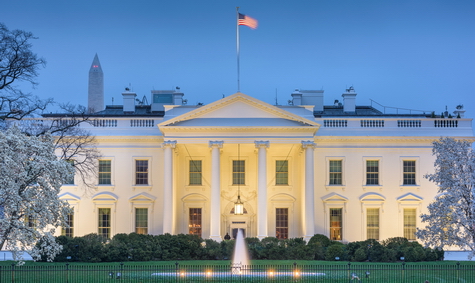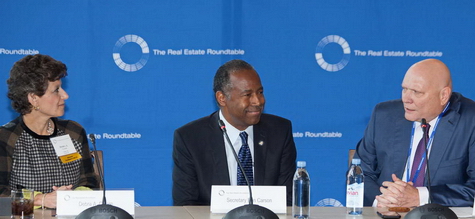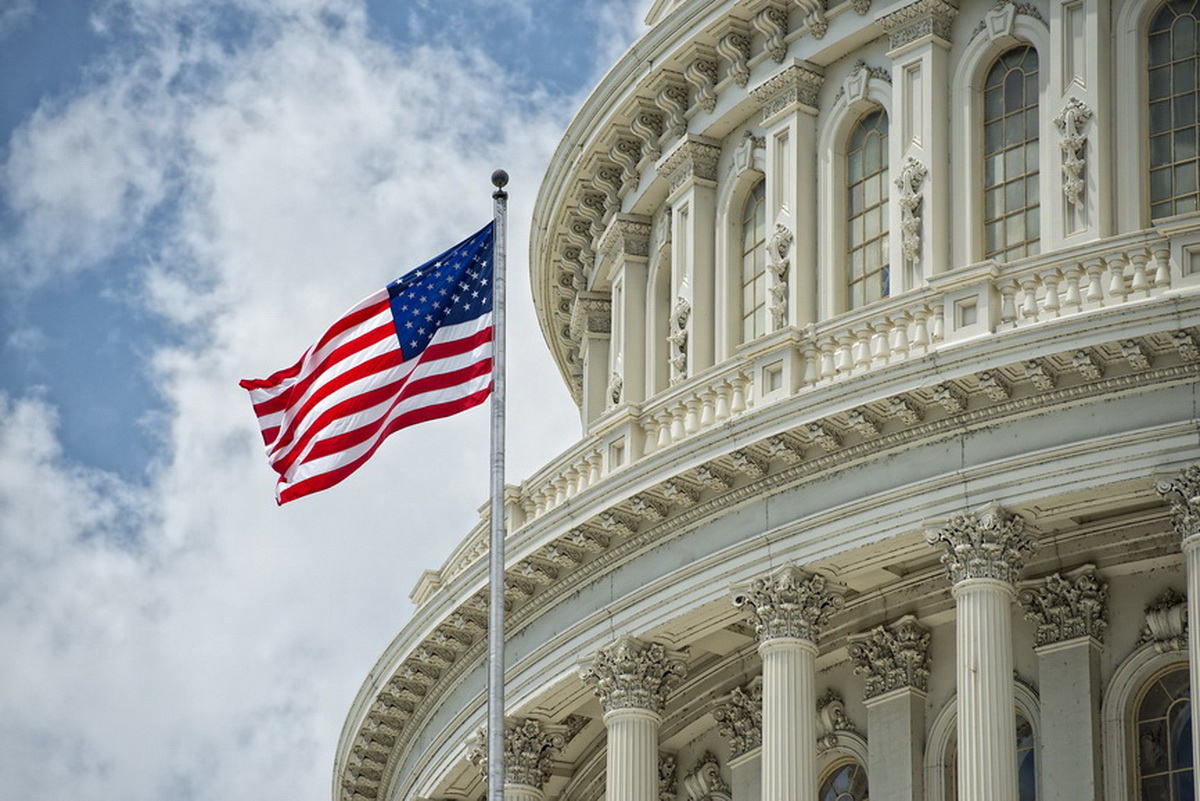
The Treasury Department yesterday released final regulations implementing Opportunity Zones (OZ) tax incentives. The details of the 544 pages of regulations are still under review, but the highly anticipated rules appear to embrace key Roundtable recommendations aimed at spurring capital formation and economic development in low-income communities. (Roundtable comment letter, July 1, 2019)
The final regulations provide helpful guidance in several areas that should remove taxpayer uncertainty and allow productive real estate investments in low-income communities to move forward.
Specifically, the final rules:
- Clarify the types of gains that may be invested in opportunity funds and when. For example, they amend a general rule in the proposed regulations that only capital gain may be invested in an opportunity fund. The rules allow a taxpayer to invest the entire amount of gain from the sale of business property, which can include gain from the sale of real estate.
- Clarify when gain may be excluded from tax after an investment is held for a 10-year period. The proposed rules did not allow an investor to exclude gain when the subsidiary of an opportunity fund sold an asset. The final regulations liberalize these rules, which should greatly facilitate the formation and operation of real estate-focused opportunity funds that invest in multiple properties.
- Include important changes to how an investment is measured when testing whether an opportunity fund has substantially improved real estate. The rules provide opportunity funds with greater flexibility to aggregate multiple assets. For example, they permit a group of two or more buildings located on the same parcel(s) of land to be treated as a single property—thus eliminating the need to increase the basis of each building by 100 percent.
- Allow a vacant property to be treated as being put to its original use in an opportunity zone if the property has been vacant for a continuous period beginning one year prior to the census tract’s designation as an opportunity zone. The proposed regulations would have required a property to be vacant for five years. A property that meets the original use requirement is not subject to the substantial improvement requirement.
- Provide important refinements to the previously proposed working capital safe harbor. The safe harbor provides opportunity funds with a minimum of 31 months to invest their working capital in qualified opportunity zone property, rather than the six months suggested in the statute. This longer runway aligns better with the practical realities of real estate investment. The final regulations ensure that an opportunity fund that is using working capital to improve real estate will be able meet the opportunity zone requirement that it be engaged in a trade or business.
The most recent Roundtable regulatory recommendations were submitted on July 1, 2019. The Roundtable also submitted prior letters on the OZ tax incentives in June 2018 and December 2018.
The Roundtable has strongly supported the Opportunity Zone tax incentives since their enactment as a potentially powerful catalyst for transformative real estate investment in economically struggling parts of the country. (GlobeSt.com interview with Roundtable President and CEO Jeffrey DeBoer and Roundtable SVP and Counsel Ryan McCormick –July 16, 2018).
The Roundtable’s Tax Policy Advisory Committee and its Opportunity Zone Working Group will be analyzing fully this week’s 544 pages of rules and will report on the details during The Roundtable’s Jan. 28-29 State of the Industry meeting.
# # #


